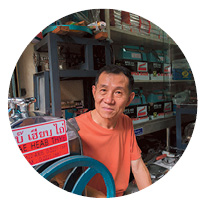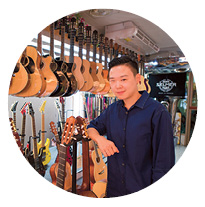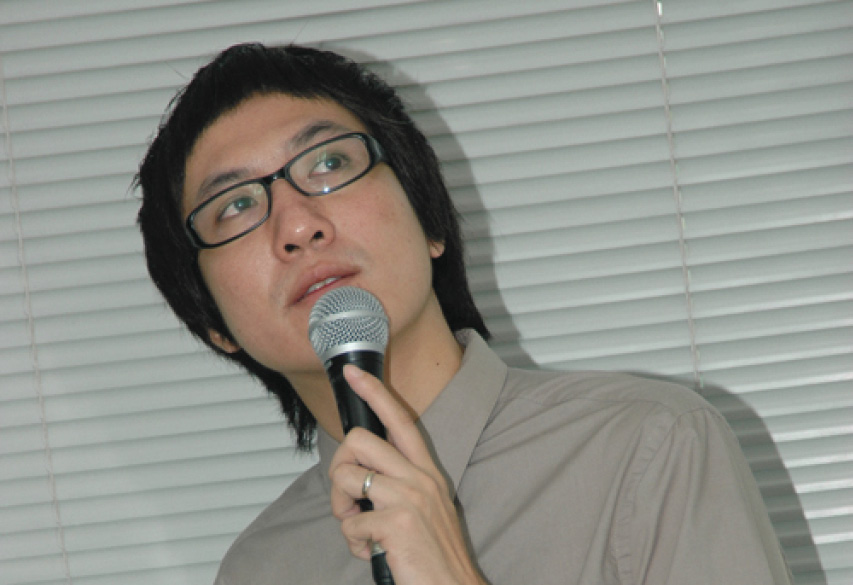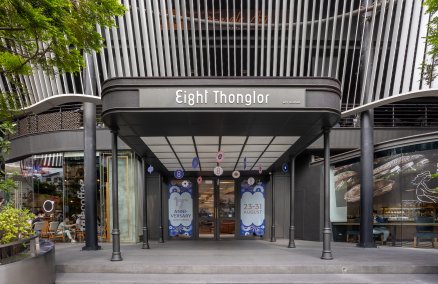Suan Luang-Samyan
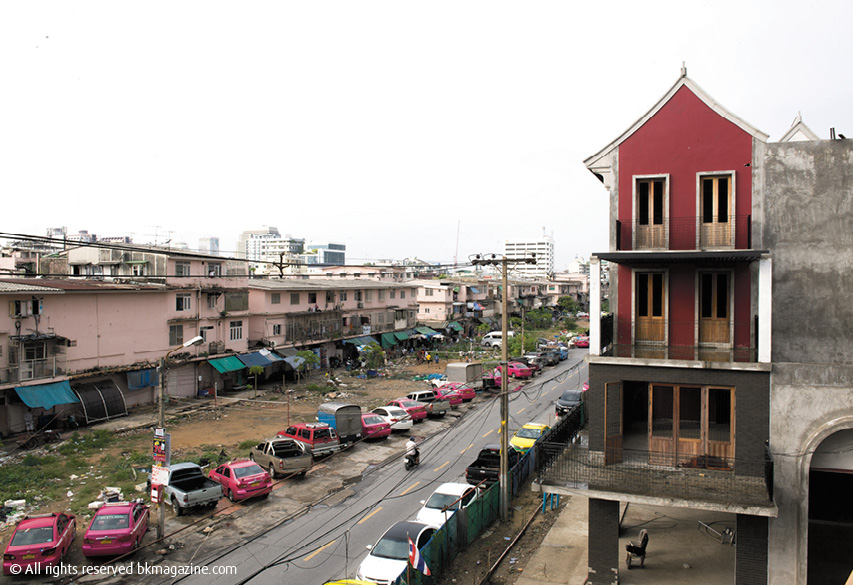
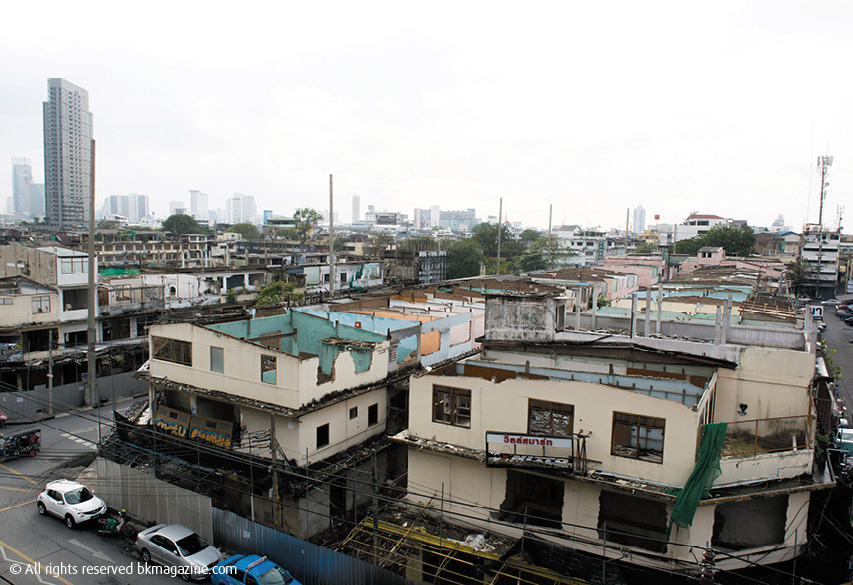
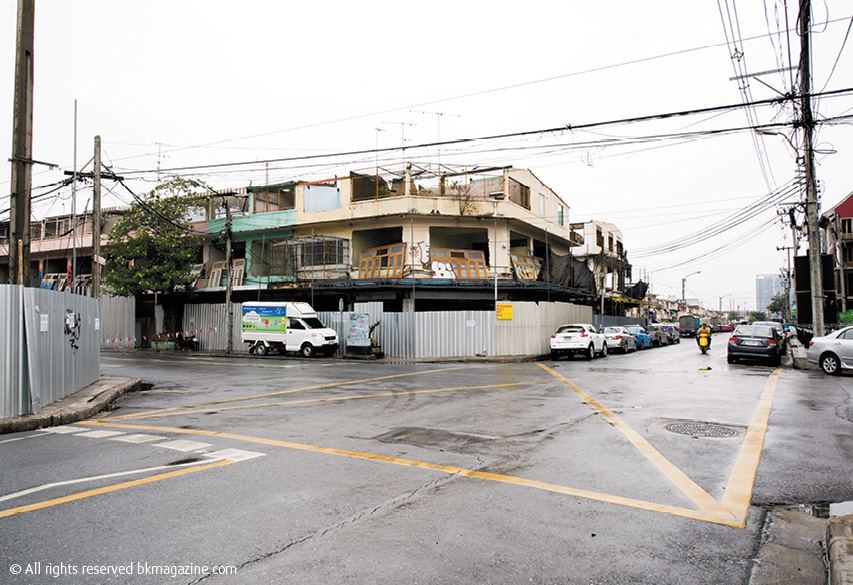
Suanluang-Samyan is famous for being one of the busiest mixed-business areas in the city—the go-to place for everything from sporting goods to street food and siang gong (old mechanical parts). The Chulalongkorn University Property Management Office has slowly been revamping the area since as far back as the early 2000s, including the relocation of the 50-year-old Sam Yan market. Now, almost all the old tenants have been cleared out, but those remaining must relocate their businesses, some of which are 40 years old, before the end of this year.

Phanom Klam-ngern, 34, mechanic
“I have worked here since 1992. My boss has moved his shop three times due to the eviction. The rent keeps going up and no one can afford to pay but still none of the shops want to move out of this district as customers always come here. But I think they will finally give up. Some might close their business while I think I am going to find a new location. But from a development perspective, I feel these old businesses can actually create more money than new businesses like the community mall [I’m Park]. How much do students pay for cups of coffee compared to people who come here every day to buy machines?"
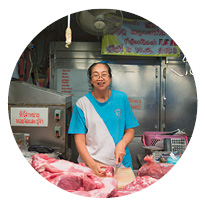
Kanoknan Prapapan, 53, pork butcher at Sam Yan Market
“The new market isn’t as good as the old one, which customers could access so much more easily from Rama 4 Road. Most people don’t even know there is a new market here. I was even in debt for the first two years I moved here. Now my contract at the new market will end this year. The expenses here are too much, and I don’t know how much the rent will go up to—it keeps getting higher every year.”

Sombat Chirasatit-worakul, 63, Sombat Kanamuji bike shop
“The sense of community here has vanished. It’s like a ghost town now! My neighbors have moved out as they don’t want to pay the high rent imposed by Chula, which still keeps going up yearly. I have to pay B80,000 a month now. Most of my customers live in town so I don’t want to move my warehouse at Lad Phrao, but I can’t find any other place. I don’t feel like what Chula is doing makes good business sense. Just look at I’m Park. It’s dead there. The vendors are not doing good business at all. I stepped inside twice with my customers and nothing attracted me.”

Worrawit Charanam-sirikul, 66, Wattanayon machinery shop
“I’ve known this time would come for 20 years. Our business is branded as 'poisonous,' spreading oil around the area. I understand the need for Chula to develop the area because why do they need to get low-paid rental from two-story shop-houses like this? The neighborhood is so quiet now. We plan to move to a new siang gong at Kingkaew on Bangna-Trad Road.”
Woeng Nakhon Kasem, Yaowarat Road
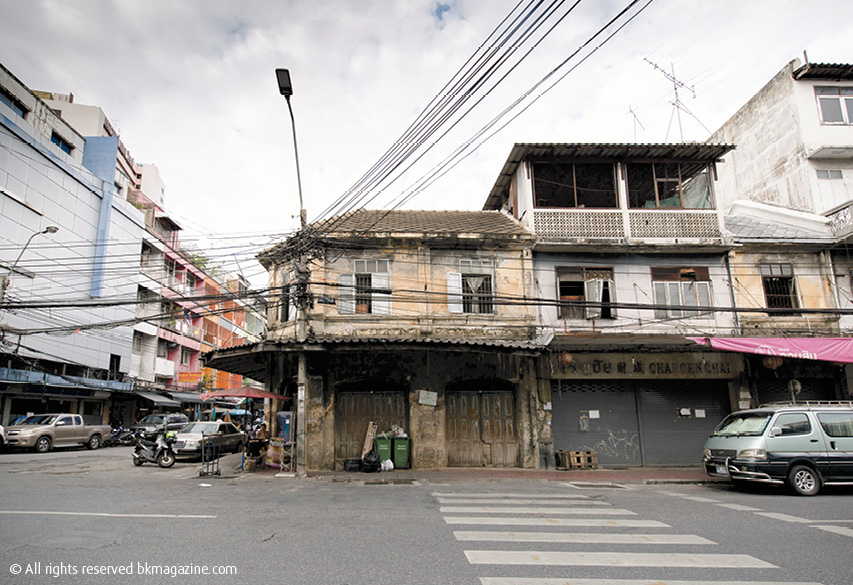
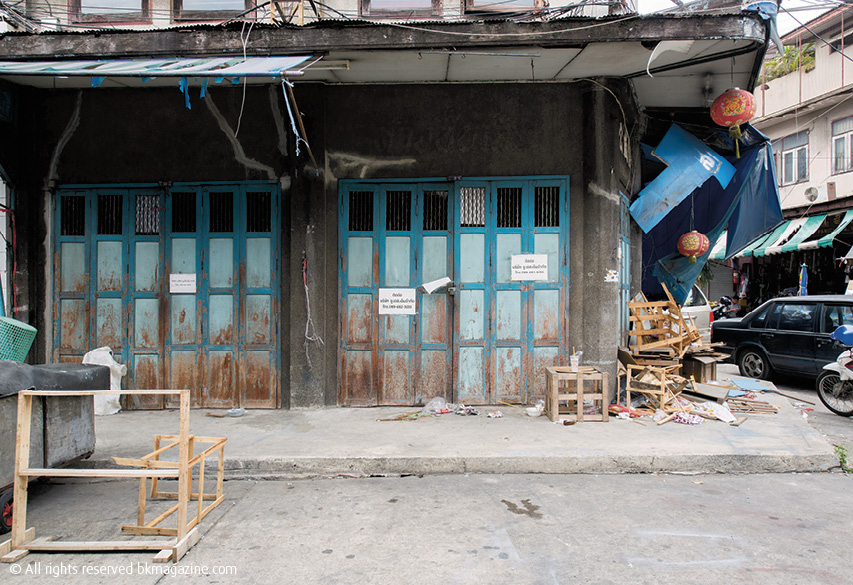

Long famous as a business center for hardware, machinery and kitchen supplies, Woeng Nakhon Kasem also has a special place in the hearts of Bangkok musicians as the go spot to buy all kinds of instruments. But the land on which this community sits was recently sold to property giant TCC Group for B4.5 billion. This means that trade at this century-old hub of commerce will cease by the middle of this year.
Puangpet Weerathanapanitch,70, Ngao Huad Yu
“I’ve sold kitchenware here for three generations, but now I have to move out within six months. I don’t want to but we can’t do anything. My new place is so far from the city center, in the Phutthamonthon area near Nakhon Pathom, that I’m worried about losing a lot of customers. The city is so expensive, it’s hard to find a cheap place to move.”
Thawatchai Assavakongkiat, 64, Bae Ngiab Tai
“We have been here since my father started selling motors and kitchen appliances when I was young. Now we have six months left to move out and still can’t find anywhere to go. We tried looking for somewhere around Yaowarat or Bangkae but it’s all expensive. We’re going to lose our business.”
Sutthinant Asavasopon, 28, Yong Seng Musical
“We have fought for 4-5 years to stay at this place. I heard that they will develop the area into a retail project like Asiatique but with a Chinese theme since it’s near Chinatown. Many of the vendors already can’t live here as the new owner has raised the rent so much. But now we’ve accepted the reality. I will relocate my shop to the Thonburi side of the river, on Arun Amarin Road.”

Opas Anantapanich, 69, Jiew Hua Huad
“This area used to be the center of trade in Bangkok. Everyone from around the country came here to buy everything. Now it will just be a part of history. I already have a backup plan to move to the Rama II area but I would rather stay here as long as I can.”
Pak Klong Talad and Saphan Phut

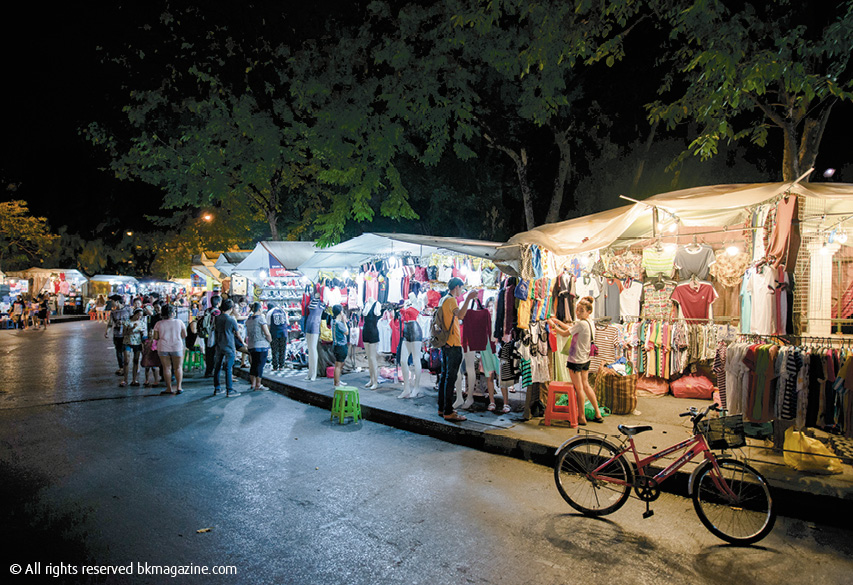

After the eviction of street vendors at Klong Tom, Tha Phrachan and Saphan Lek, the BMA is now gearing up to clear more market traders from areas including Saphan Phut and Pak Klong Talat, starting this month.

Supreeya Onthong, 39, shoe vendor at Saphan Phut
“I’m devas-tated at being evicted. The BMA say they want to organize the space and give it back to the people. We open the market from 7pm-midnight at a time when no one would walk here if there wasn’t business. They complained about the traffic problem and the vendors have taken it upon themselves to keep the footpath more organized. I hope the BMA will rethink their plan.”

Orawan Issarasichai, 32, T-shirt vendor at Saphan Phut
“My dadhas worked here for 21 years since the BMA actually moved us here. But now they say we’re causing bad traffic and disturbing pedestrians. We sell at night! It’s deserted here after sunset. It’s really dark and no one would even walk here if there wasn’t a market. This is one of the top 10 tourist attractions in Bangkok! I cannot understand why the BMA wants a lively business district and tourist attraction to disappear."
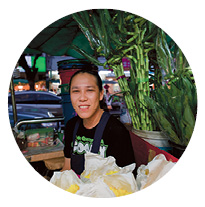
Nutdara Sriwichai, 38, flower vendor at Pak Klong Talad
“I have no plan B at all. My mom has been selling here for 40 years. The BMA told us to move to the nearby Kaset Thai Market, but the market has asked us to pay B300,000 for a two-year contract to get the spot. Where can I find that money? They say we cause bad traffic because people park their cars on the street. But in fact, whose responsibility is it to clear those cars from parking on the road?”

Amorn, 34, a Laotian cart pusher at Pak Klong Talad
“I don’t know what I will do if they clear all the vendors here. I’ve worked many jobs and love the set-up here because I get cash daily. I hope things turn out alright.”
BK Asks
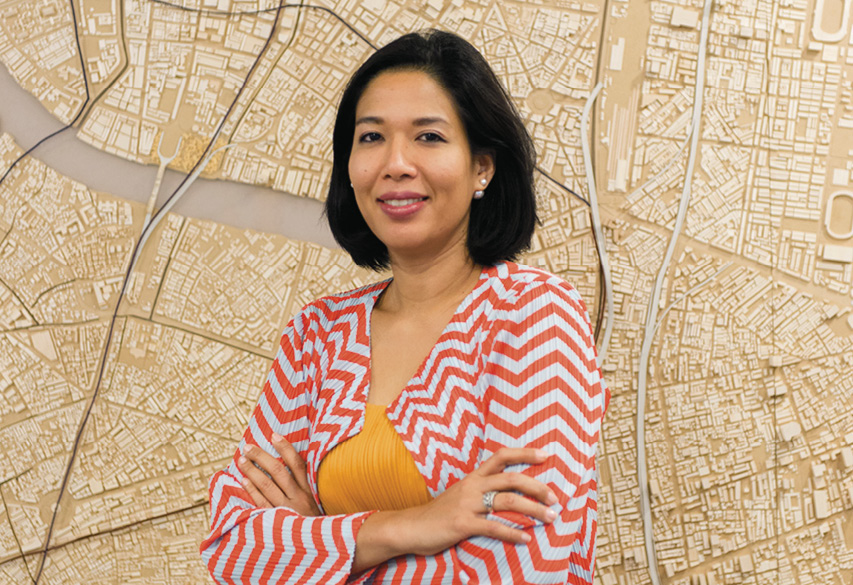
Niramon Kulsrisombat
Director of Urban Design and Development Center
What do you make of Chula’s development plan?
I was a Chula kid myself and we’re pretty fed up with chains. Seeing spaces like Suan Luang and Samyan get developed into spaces with the same chains as every other mall is pretty sad. We shouldn’t think of development as being as easy as erasing one thing and replacing it with another. Chula is in the city center and has huge potential to create very good property. It has a vast space and the capacity to do great things. It should show some kind of masterplan that benefits the kids of this city. Right now if students want to read, for example, they have the choice of going to the crowded library or spending B90 on a coffee to sit in a 24-hour cafe."
Nuttawut Usavagovitwong
Chairman of Association of Siamese Architects’ Community Architect Network Committee (ASA CAN)
What do you think of the BMA’s approach to urban planning?
Bangkok’s urban planning isn’t practical at all. It’s just a rough concept telling each area what they can and can’t build. It’s ridiculous that our city planning is managed by district staff who don’t see the whole picture of the area. People have no power to protect their neighbourhood. How come people living on a metropolitan scale of 6-7 million people like Bangkok have no right to manage their space? The BMA and government are too big and slow to deal with urban issues this complicated. They must let people be a part of city planning.
A lot of the new riverside developments—Tha Maharaj, Yodpiman Riverwalk—have tried to tap into a kind of old heritage vibe. How do you feel about that?
It makes Bangkok like a theme park. Asiatique and Icon Siam act as though they are providing public space for the community, but they're actually privately-owned and close at a certain time. Property development is created by marketing plans; community is created by people, language, faith and culture.
What's your definition of community?
Under UNESCO’s rules, it’s the combination of people who live there and the culture, language, food and social rules which they create. When you build a new development and replace people’s favorite old coffee shops with new chain cafes, then the culture is gone.
What do you think of the plan to reorganize the Old Town’s markets?
You have to consider economic issues and the character of the city. Administrators must be careful about changing these things. There’s nothing wrong with change but it has to be well planned. Busy markets like Pak Klong Talad selling flowers and food create a sustainable economy. If you get rid of it, will you destroy the neighborhood’s economy and see the community decline? That’s the question we must ask.





















